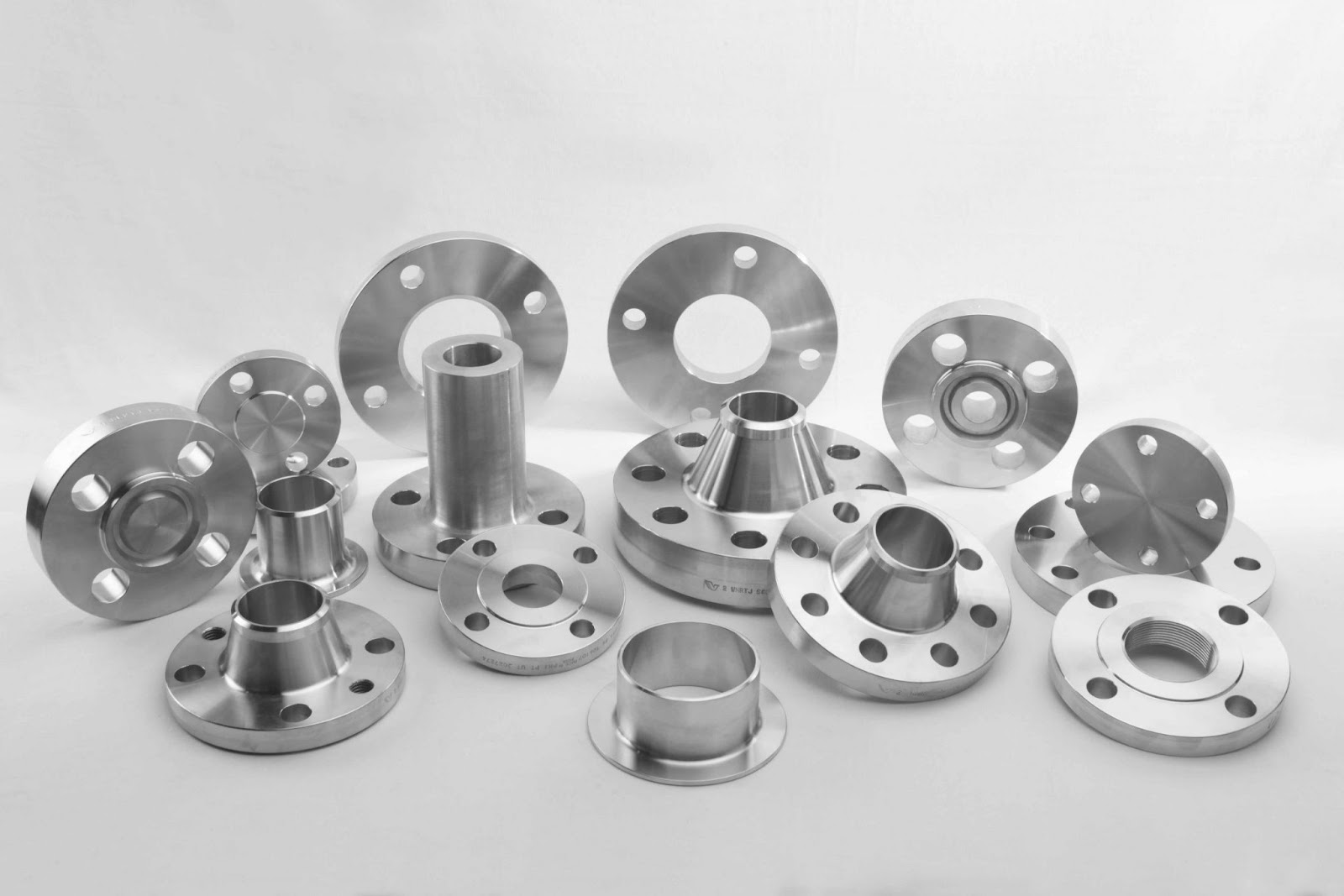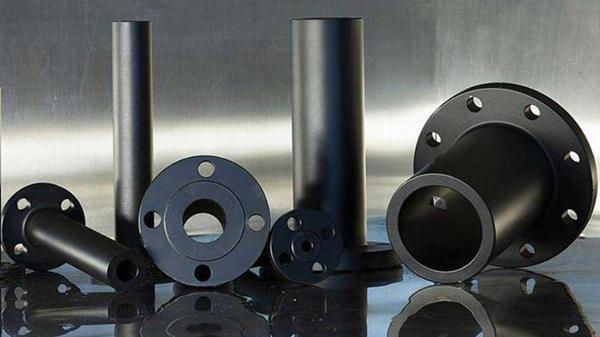 Tiered Link Strategy – Multiply Your SEO Impact Today!
Tiered Link Strategy – Multiply Your SEO Impact Today!
Industrial Flanges Vs. Pipe Fittings: Understanding The Differences
Written by Texas Flange » Updated on: June 17th, 2025

Two essential components are crucial in piping systems ensuring seamless operations: industrial flanges and pipe fittings. Although these components may seem similar initially, their functions, applications, and characteristics differ significantly.
This blog will discuss the distinctions between industrial flanges and pipe fittings, highlighting their unique features and critical roles in the piping industry.
Difference Between Industrial Flanges and Pipe Fittings
I. Industrial Flanges
Industrial flanges are vital components in piping systems that connect pipes, valves, pumps, and other equipment. As a bridge, flanges allow for easy assembly, disassembly, and system maintenance. Their primary function is to provide a secure and leak-proof joint, ensuring the integrity of the overall piping infrastructure.
A. Types of Industrial Flanges
1. Weld Neck Flanges:
These flanges are welded to the end of a pipe, providing excellent structural support and reducing stress concentrations.
2. Slip-On Flanges:
These flanges are well-known for their ease of installation; they glide over the pipe and can get welding into place.
3. Socket Weld Flanges:
These flanges are identical to slip-on flanges but include a socket for the pipe to slot into, which adds reinforcement.
4. Blind Flanges:
These flanges are useful to close the end of a piping system. They prevent the flow of fluid and are crucial for system isolation.
B. ANSI Flanges
The American National Standards Institute (ANSI) establishes standards for industrial flanges to ensure consistency and compatibility across various applications. ANSI flanges are classified according to their pressure ratings. Common ANSI classes include 150, 300, 600, and 900, each suitable for specific pressure requirements.

II. Pipe Fittings
Pipe fittings connect, control, and divert the flow of fluids inside a piping system. They are essential in adapting pipes to different sizes, altering flow direction, and accommodating elevation or direction changes. Unlike flanges, pipe fittings are primarily focused on transforming the configuration of the piping system to meet specific requirements.
A. Types of Pipe Fittings
1. Elbows
Elbows, used to change the flow direction, come in various angles, such as 45° and 90°, allowing for flexibility in piping systems.
2. Tees
It provides a T-shaped junction, allowing the flow to be redirected in two perpendicular directions.
3. Reducers
These fittings are essential for connecting pipes of different diameters, ensuring a smooth transition in flow.
4. Couplings
Depending on the application, these join two pipes together in a permanent or detachable manner.
III. Understanding the Differences
A. Purpose and Function
1. Flanges
The primary purpose of industrial flanges is to create a secure and leak-proof joint between pipes and other equipment. Flanges focus on providing structural support and maintaining the integrity of the piping system.
2. Pipe Fittings
Pipe fittings, however, focus on altering the direction, size, and flow of fluids within the piping system. Their primary purpose is to enhance the flexibility and adaptability of the overall infrastructure.
B. Joint Integrity
1. Flanges
These are known for their robust and secure joint. Flanges are essential in applications where maintaining a leak-free connection is critical, such as in high-pressure or high-temperature environments.
2. Pipe Fittings
While pipe fittings contribute to joint integrity, their primary function is accommodating changes in the piping system's configuration rather than ensuring a rigid and leak-proof connection.
C. Installation and Maintenance
1. Flanges
Flanges are installed using welding or bolting, making them more suitable for applications requiring a strong and secure connection. Maintenance often requires disassembling and reassembly of the flange components.
2. Pipe Fittings
Pipe fittings are generally installed more simply, involving threading, welding, or compression fittings. Maintenance typically involves replacing or adjusting fittings to meet the changing needs of the piping system.
IV. Applications and Considerations
A. Flanges in Industry
1. Oil and Gas Sector
Industrial flanges find extensive use in the oil and gas industry, where the integrity of connections is paramount due to the harsh operating conditions and high-pressure environments.
2. Chemical Processing
Chemical plants rely on flanges for their chemical resistance and ability to withstand corrosive substances, ensuring the safe transport of chemicals within the piping system.
3. Power Generation
Flanges are integral in power plants, supporting the reliable flow of steam and other fluids in boilers, turbines, and heat exchangers.
B. Pipe Fittings in Industry
1. HVAC Systems
Pipe fittings are important in heating, ventilation, and air conditioning (HVAC) systems, providing precise airflow and temperature control within buildings.
2. Water Treatment
Pipe fittings are essential in water treatment plants. They configure pipelines, transport water efficiently, and connect various treatment components.

3. Food and Beverage Industry
Pipe fittings are broadly used in the food and beverage sector. They ensure the hygienic transport of fluids and adapt pipelines to changing production needs.
Conclusion
Understanding the differences between industrial flanges and pipe flanges is crucial for designing and maintaining efficient and reliable piping systems. While flanges focus on creating secure joints and maintaining structural integrity, pipe fittings enhance the flexibility and adaptability of the system.
Both components play indispensable roles in ensuring the smooth operation of various industrial processes, and their proper selection is essential for the success of any piping project.
Frequently Asked Questions
1. What gap is recommended between the pipe and flange?
In Welding Neck and Lap Joint Stub applications, it is advisable to maintain an initial root gap spacing of 1/16" to 1/8" between the pipe and flange. This ensures that the first bead penetrates uniformly to the assembly's inside wall, guaranteeing a robust joint formation.
2. What is the primary purpose of industrial flanges in piping systems?
Industrial flanges are crucial components in piping systems. They are designed to create secure and leak-proof joints between pipes, valves, pumps, and other equipment. Their primary purpose is to ensure the structural integrity of the piping infrastructure, allowing for easy assembly, disassembly, and maintenance.
3. How do ANSI flanges differ from other types of industrial flanges?
ANSI flanges, established by the American National Standards Institute, follow specific standards to ensure consistency and compatibility across various applications. These flanges are classified according to their pressure ratings.
4. Why is ANSI flanges standardization important?
Standardization is required to ensure that flanges from different manufacturers can be used interchangeably, ensuring consistency in the design and maintenance of pipe systems.
5. Can pipe fittings be used interchangeably with industrial flanges in a piping system?
No, industrial flanges and pipe fittings serve different purposes within a piping system. Flanges focus on creating secure joints and maintaining structural integrity, ensuring leak-proof connections. At the same time, pipe fittings are designed to alter the configuration of the piping system, allowing for changes in direction, size, and flow.
Note: IndiBlogHub features both user-submitted and editorial content. We do not verify third-party contributions. Read our Disclaimer and Privacy Policyfor details.
Copyright © 2019-2025 IndiBlogHub.com. All rights reserved. Hosted on DigitalOcean for fast, reliable performance.








